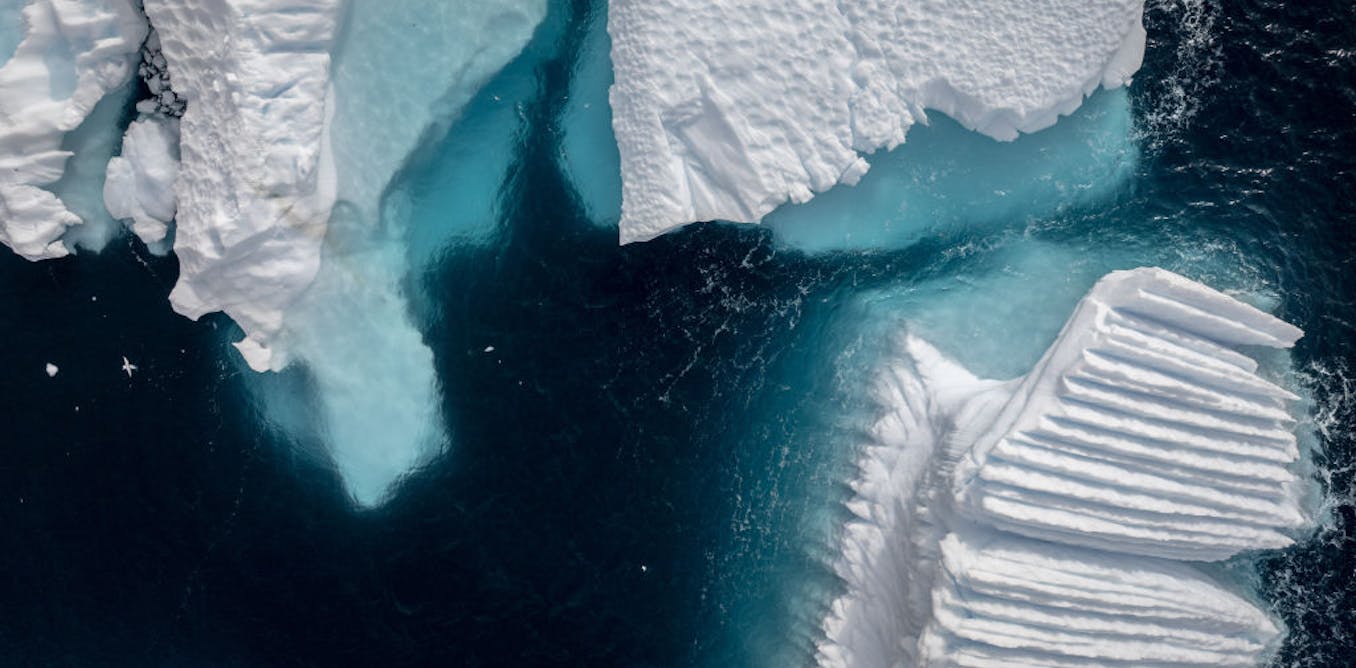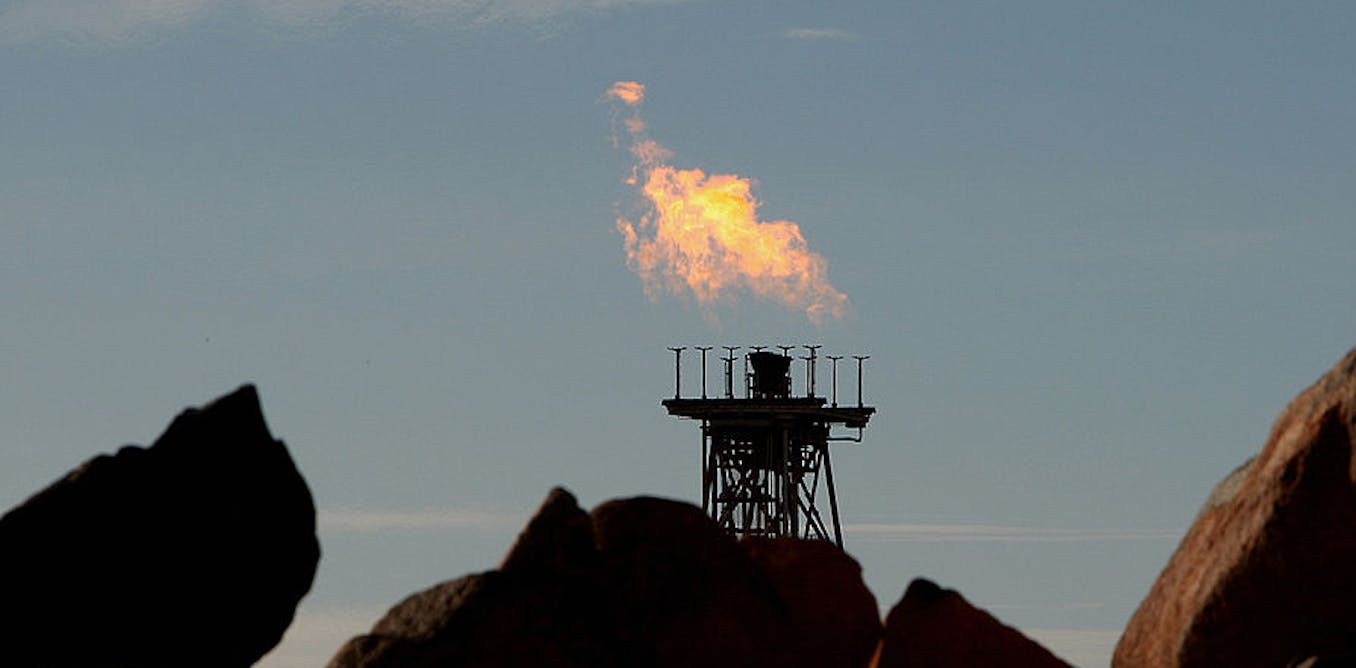At first glance, North Devon, an expanse of rolling hills and gentle seaside cliffs deep in the English countryside, may not seem like a place to find the future.
But if a company called Xlinks can realize its plan, North Devon will be a conduit for one of the most ambitious renewable-energy dreams to date. By 2029, Xlinks hopes, the North Devon coastline will host the landing site for two electric cables providing as much as 8 percent of the United Kingdom’s electricity needs. At the other end of those cables, there will be a vast complex of yet-unbuilt solar panels and wind turbines in the Moroccan desert thousands of miles away.
This is the goal of Xlinks’s Morocco-U.K. Power Project. If successful, the project may be a model for an entirely new global grid in which long-distance cables carry clean electricity between continents. But Xlinks and its backers must overcome a significant gauntlet of political, logistical, and financial hurdles before their their own project can switch on, let alone inspire others.
“It seems to me that the level of seriousness of these projects is certainly increasing,” says Will Todman, deputy director and senior fellow in the Middle East Program at the Center for Strategic and International Studies in Washington, D.C. “But I don’t think they have truly been proven yet.”
A record-setting power-cable plan
Xlinks’s plan rests on the simple premise that Morocco can generate renewable energy when the U.K. cannot—for example, the infamously dreary North Sea winters prevent solar power. The company plans to install 11.5 gigawatts of solar panels and wind turbines at an unannounced site in Morocco’s largely arid Guelmim-Oued Noun region. Notably, the region straddles the internationally recognized border with the occupied Western Sahara, although Xlinks told the nongovernmental organization Western Sahara Resource Watch that the company would not build in “contested territory.”
Xlinks plans to build 200 square kilometers of solar photovoltaic panels. Bolstering the solar panels will be a wind farm, harnessing breezes that Xlinks claims are at their strongest in the late afternoon and early evening—peak hours in the U.K., which shares a time zone with Morocco during the summer. The plans also call for a 5-GW battery facility in Morocco capable of producing 22.5 gigawatt-hours of energy storage.
But Morocco’s grid will not see any of that electricity. Instead, a pair of high-voltage direct current (HVDC) cables will transfer the electricity to Britain. The 3,800 km-long cables will shadow the coasts of Portugal, northern Spain, and southwestern France, jut out to sea in a wide arc around Brittany and Cornwall, and then make landfall in North Devon. The twin cables will deliver 3.6 GW of power to the British grid on average, which would be more than the under-construction, repeatedly delayed Hinkley Point C nuclear power station.
“The sheer distance that they’ll have to handle makes it a very,…
Read full article: 3,800-km Cable Offers Glimpse of a Global Power Grid

The post “3,800-km Cable Offers Glimpse of a Global Power Grid” by Rahul Rao was published on 11/30/2023 by spectrum.ieee.org





































